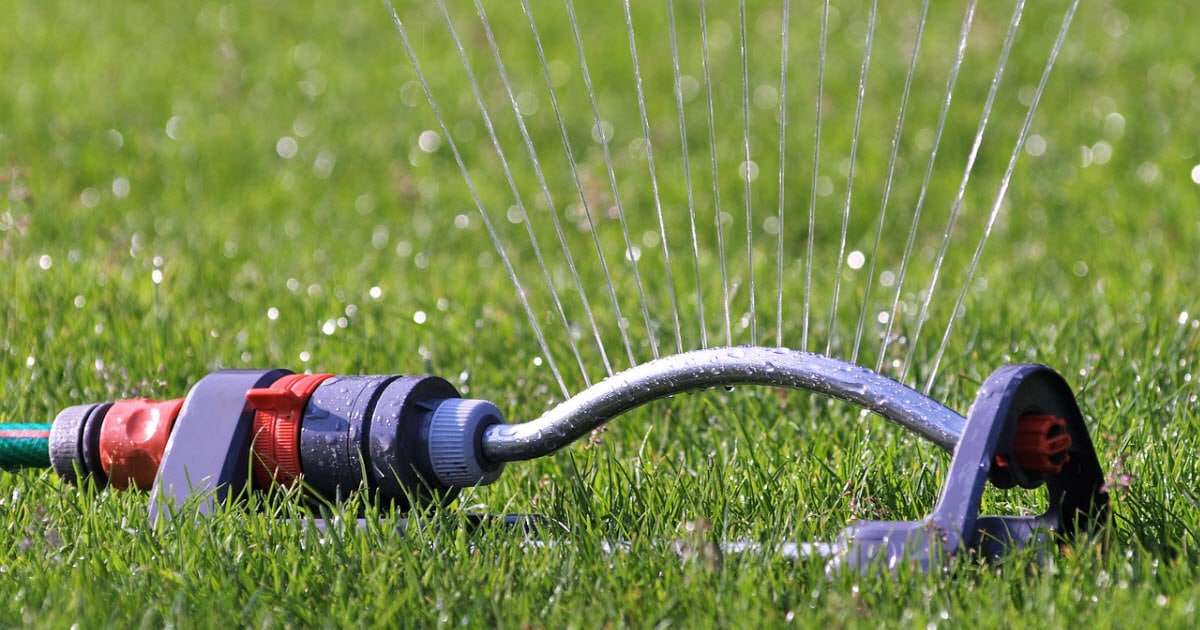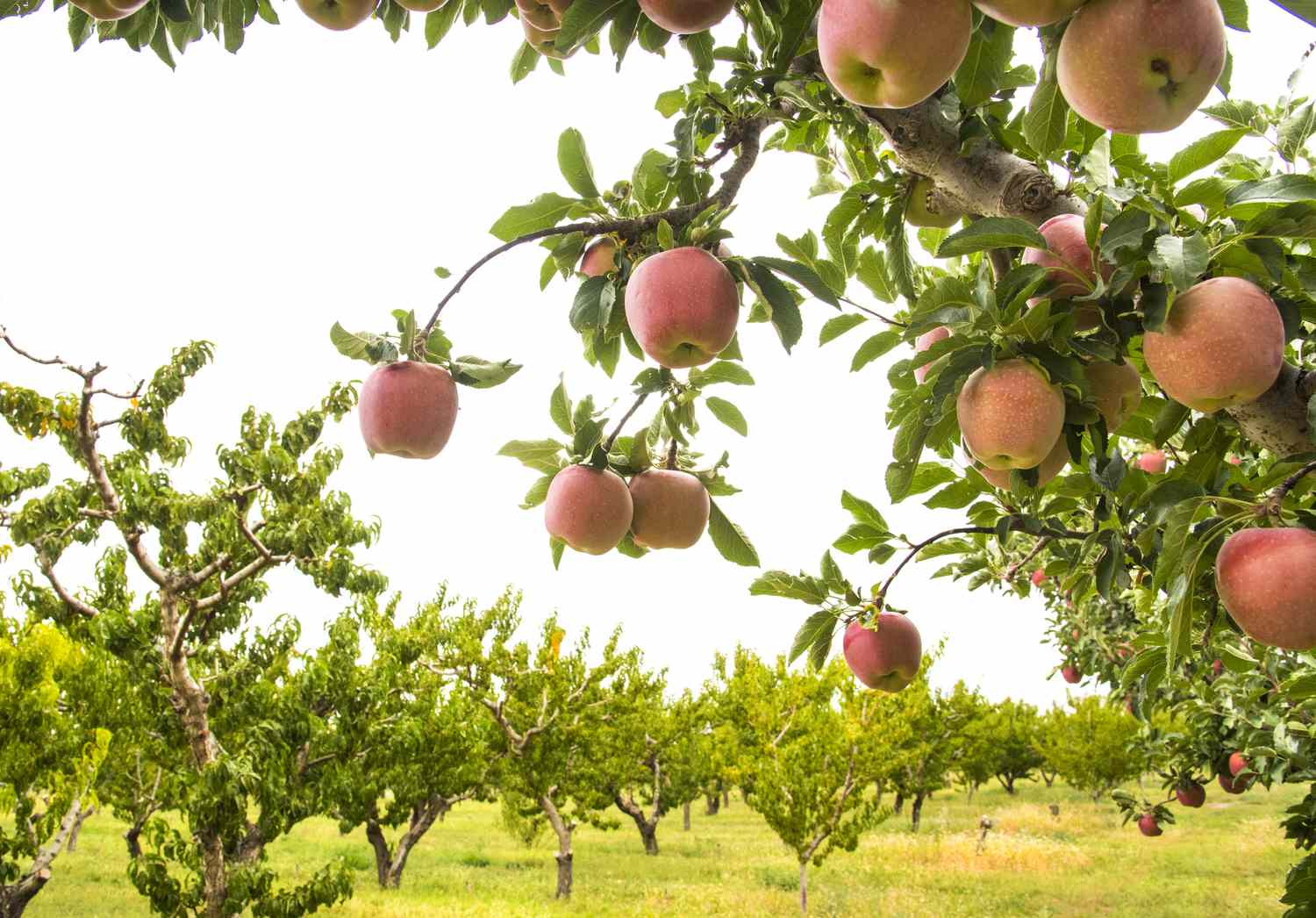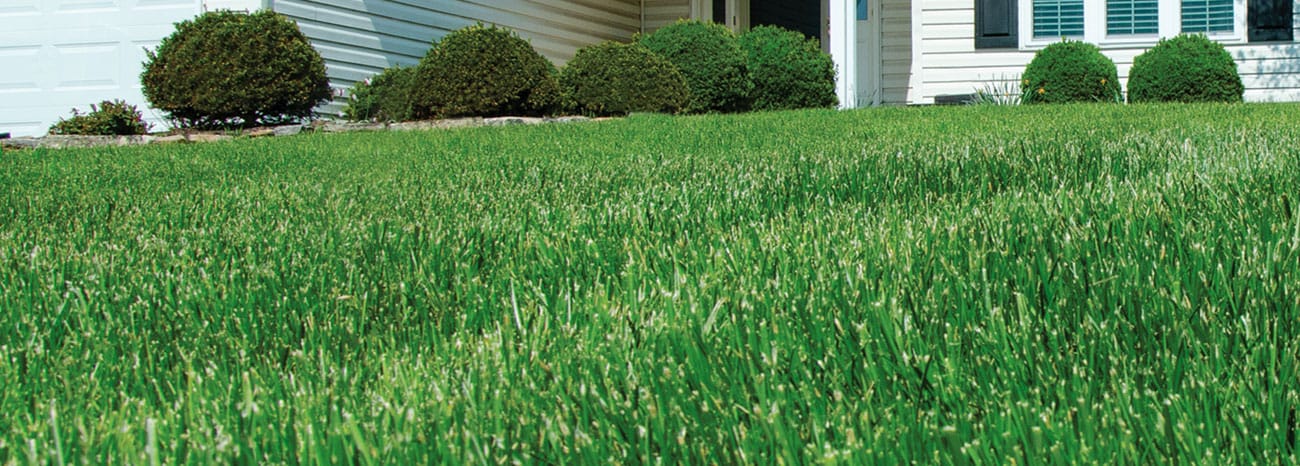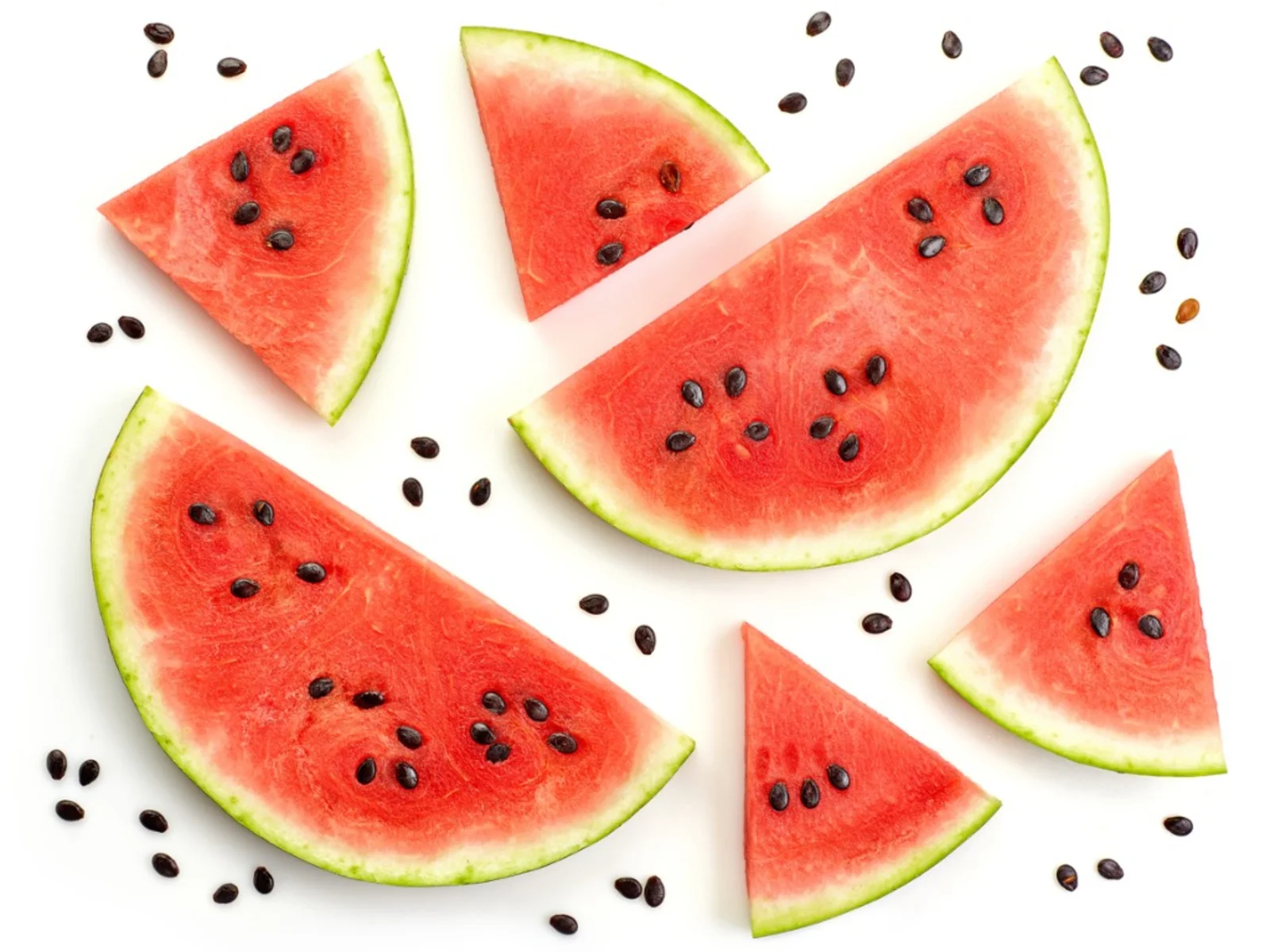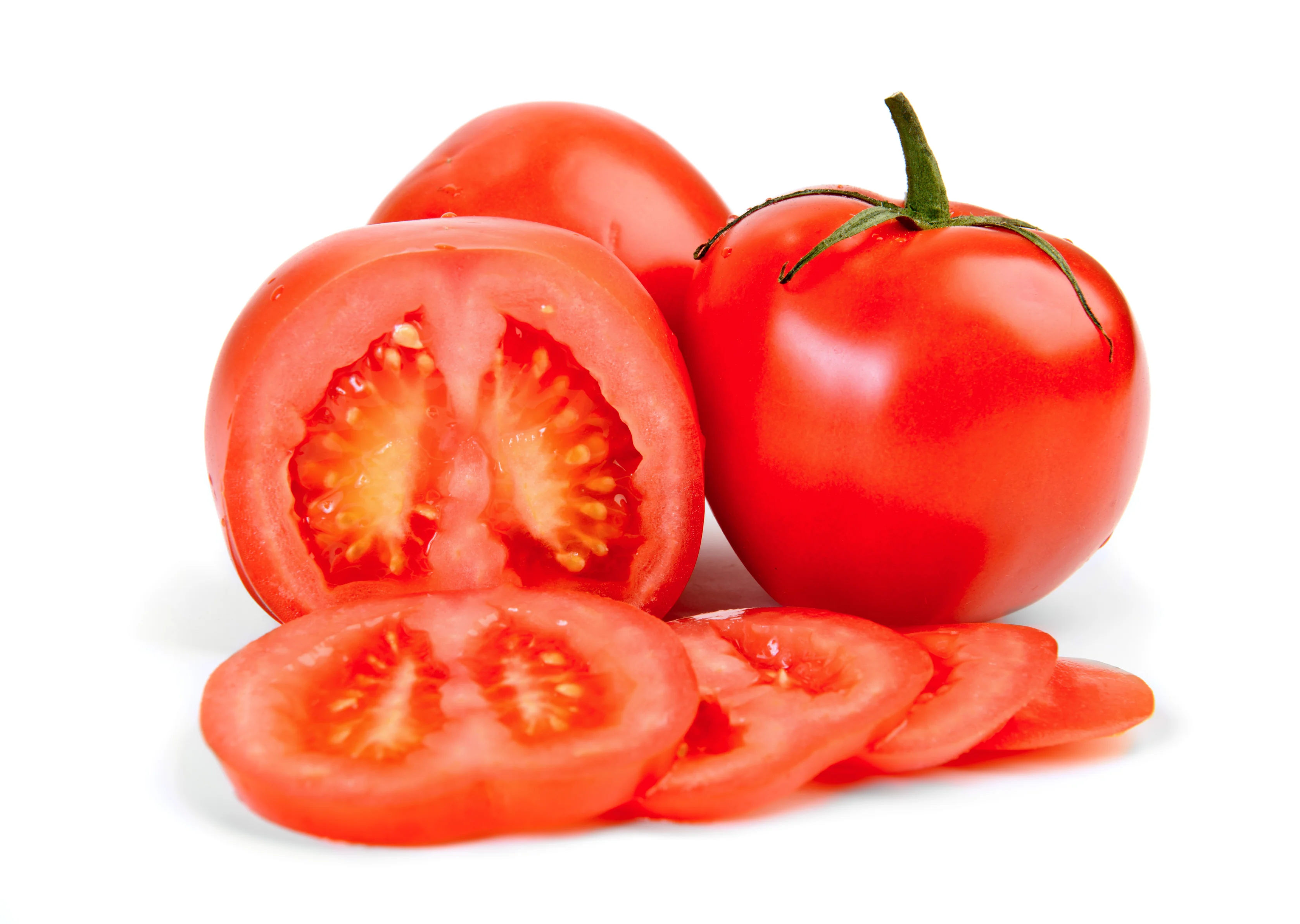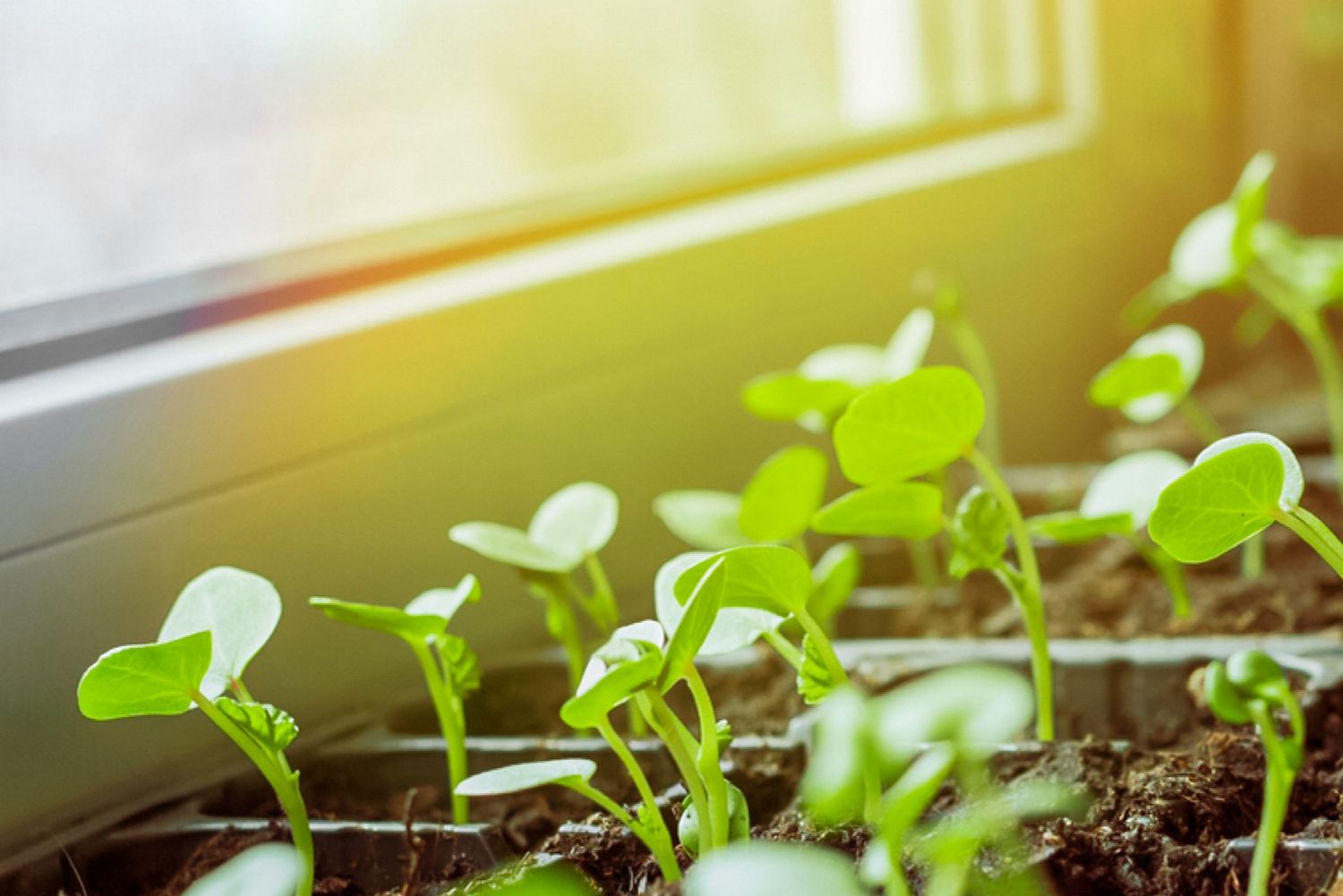Home>Gardening Basics>Tools and Equipment>When Should You Winterize Your Irrigation System
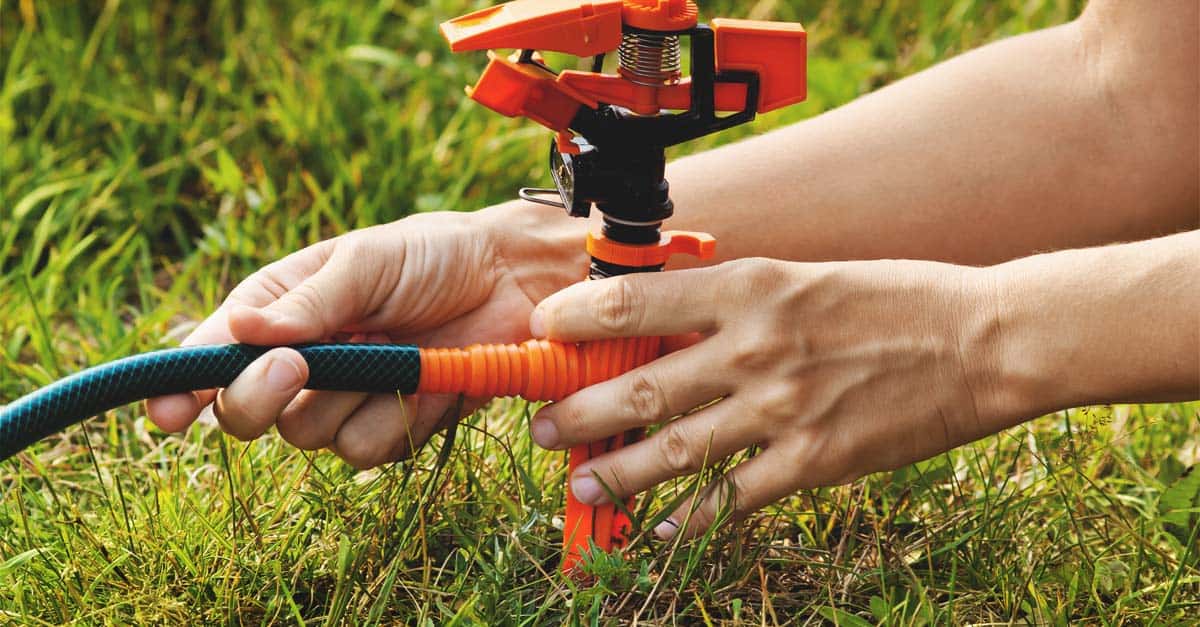

Tools and Equipment
When Should You Winterize Your Irrigation System
Published: November 17, 2023
Find out the best time to winterize your irrigation system and maintain your tools and equipment for optimal performance.
(Many of the links in this article redirect to a specific reviewed product. Your purchase of these products through affiliate links helps to generate commission for Chicagolandgardening.com, at no extra cost. Learn more)
Table of Contents
Introduction
As the winter season approaches, it becomes imperative to protect your irrigation system from potential damage caused by freezing temperatures. Winterizing your irrigation system is a crucial step in maintaining its longevity and efficiency. By taking proactive measures to safeguard your equipment, you can avoid costly repairs and ensure that your system is ready to perform optimally when spring arrives.
When temperatures drop below freezing, the water inside your irrigation system can freeze and expand, leading to burst pipes, damaged valves, and other problems. By winterizing your system, you remove water from all components, preventing any residual water from freezing and causing damage. Not only does this protect your investment, but it also saves you time and money in the long run.
Winterizing your irrigation system involves a series of steps to properly drain the water from the pipes, valves, and sprinkler heads. It also involves shutting off the water supply and insulating vulnerable areas to provide extra protection against freezing temperatures. By following these steps, you can effectively prepare your system for winter and ensure its smooth operation when spring arrives.
In this article, we will explore the importance of winterizing your irrigation system, the signs that indicate it’s time to winterize, factors to consider, the necessary equipment, and the steps to follow for a successful winterization process. We will also discuss common mistakes to avoid and the many benefits that come with winterizing your irrigation system. So, let’s dive in and learn how to protect your irrigation system during the winter months.
Why Winterize Your Irrigation System?
Winterizing your irrigation system is a crucial step to ensure its longevity and protect it from potential damage during the colder months. Let’s take a closer look at why it’s essential to winterize your system:
- Prevent Frozen Pipes: When water freezes inside the pipes of your irrigation system, it expands, causing pipes to crack, burst, or become damaged. By winterizing, you remove water from the system, reducing the risk of freeze-related damage.
- Save Money on Repairs: Repairing or replacing damaged irrigation pipes and components can be expensive. By winterizing your system, you can prevent these issues and avoid costly repairs in the spring when you’re ready to use your irrigation system again.
- Prolong the Lifespan of Your System: Regular winterization helps protect your irrigation system from wear and tear caused by freezing temperatures. By taking care of your system during the winter months, you can extend its lifespan and ensure it continues to operate efficiently year after year.
- Maintain System Performance: Winterizing your system ensures that it will be in optimal condition when you’re ready to use it again in the spring. By properly draining water and protecting components, you can prevent clogs, leaks, and other issues that may affect the performance of your irrigation system.
- Protect Your Landscape: If water freezes within the pipes and sprinkler heads of your system, it can lead to uneven distribution, resulting in dry spots or overwatering when the system is used again. Winterizing your irrigation system helps maintain the health and appearance of your landscape by avoiding these water distribution problems.
By taking the time to winterize your irrigation system, you are investing in its longevity and continued efficient operation. The benefits of winterizing extend beyond just saving money on repairs; it also helps protect your landscape and ensures that your system will be in top condition when you need it again. Now that we understand the importance of winterizing, let’s explore the signs that indicate it’s time to begin the winterization process.
Signs That It’s Time to Winterize
Knowing when to winterize your irrigation system is crucial to preventing any damage that could occur when freezing temperatures set in. Here are some signs that indicate it’s time to start the winterization process:
- Dropping Temperatures: As the weather cools down and temperatures start to consistently reach near or below freezing, it’s a clear indication that winter is approaching. This is the ideal time to start preparing your irrigation system for the colder months ahead.
- Last Scheduled Watering: If you have a set schedule for watering your landscape, the last scheduled watering before winter arrives is a good reminder that it’s time to winterize. It ensures that your system is drained and ready for the colder temperatures.
- Frost and Ice: If you start noticing frost or ice forming on your landscape, it’s a sign that freezing temperatures have arrived. Take this as a signal to start the winterization process promptly to protect your irrigation system from potential damage.
- Extended Periods of Cold Weather: If there is a forecast of an extended period of cold weather, it’s essential to winterize your irrigation system before the temperature drops. This will help prevent any freeze-related damage that may occur during those freezing days and nights.
- Preparing for Winter Activities: If you’re getting ready for winter activities such as holiday decorations, snow removal, or putting up protective coverings, it’s a perfect time to include winterizing your irrigation system in your preparations.
Monitoring these signs and being proactive in winterizing your irrigation system will help ensure that it remains protected during the colder months. Remember, it’s better to winterize your system early rather than waiting until it’s too late and damage has already occurred. By taking the necessary precautions, you can avoid costly repairs and keep your irrigation system in excellent condition.
Factors to Consider
Before you begin the winterization process for your irrigation system, there are several factors to consider. These factors will help ensure that you take the necessary steps and precautions to protect your system effectively. Here are some essential factors to keep in mind:
- Climate: Consider the specific climate in your region and the typical weather patterns during the winter months. If you live in an area with freezing temperatures for an extended period, you may need to take extra precautions to protect your irrigation system.
- Type of Irrigation System: The type of irrigation system you have will determine the specific steps you need to take for winterization. Whether you have an underground sprinkler system, drip irrigation, or a combination of both, understanding the unique requirements of your system is crucial.
- Water Source: Consider the source of water for your irrigation system. If your system is connected to a municipal water supply, you may need to contact your water provider to shut off the water temporarily. If your system draws water from a well or a pond, you will need to ensure that the water supply is turned off correctly.
- System Components: Take inventory of the various components of your irrigation system, such as sprinkler heads, valves, pipes, and control panels. Understanding the specific components and their vulnerabilities will help you focus on the essential areas that require winterization.
- Timing: Plan your winterization process to ensure that it’s done before the first freeze of the season. Waiting until the last minute can increase the risk of potential damage to your system.
- Professional Assistance: Depending on the complexity of your irrigation system, you may decide to seek professional help to ensure that the winterization process is carried out correctly. Professional assistance can provide peace of mind and expertise in safeguarding your system.
By considering these factors, you can tailor your winterization process to the specific needs of your irrigation system and ensure that each step is executed effectively. Now, let’s move on to the next section, where we will delve into the steps needed to winterize your irrigation system.
Steps to Winterize Your Irrigation System
Winterizing your irrigation system involves a series of steps to properly drain all the water and protect the components from potential damage caused by freezing temperatures. Here are the key steps to follow:
- Turn off the Water Supply: Locate the main water shut-off valve for your irrigation system and turn it off. This will prevent water from flowing into the system during the winter months.
- Drain the System: Open all the drain valves and low points in the system to allow the water to drain out completely. This may include drain valves on the backflow preventer, valves on the mainline, and drain plugs on the sprinkler heads.
- Clear Water from Piping: Use compressed air to blow out any remaining water from the pipes. Begin with the zone or station farthest from the main water source and gradually work your way back. Be sure to follow the manufacturer’s instructions for the proper air pressure and technique to avoid damaging the system.
- Inspect and Protect Components: Inspect all the components of your irrigation system, including sprinkler heads, valves, and pipes, for any issues or damage. Replace any damaged components and apply pipe insulation or wraps to vulnerable areas to provide extra protection against freezing temperatures.
- Disconnect and Store Equipment: Disconnect any hoses, timers, or other equipment connected to your irrigation system. Store them in a dry and sheltered location to protect them from the elements and prolong their lifespan.
- Document and Close the System: Take note of any repairs or maintenance that needs to be addressed before using your irrigation system in the next season. Close all valve boxes and secure any access points to keep out debris and prevent tampering.
These steps will help ensure that your irrigation system is properly winterized and protected from freeze-related damage. It’s important to follow the manufacturer’s guidelines and any specific instructions for your particular system to ensure a successful winterization process. By taking the time to winterize your irrigation system, you can rest easy knowing that it’s prepared for the colder months ahead.
Equipment Needed for Winterization
Winterizing your irrigation system requires specific equipment to effectively drain the water and protect the components. Here are some essential tools you will need for the winterization process:
- Air Compressor: An air compressor with sufficient pressure is necessary to blow out the water from the irrigation system. Make sure to use an air compressor that meets the manufacturer’s recommendations for your specific system.
- Air Hose and Adapter: You will need an air hose long enough to reach all the zones of your irrigation system. Additionally, you might require an adapter to connect the air hose to various fittings, such as the backflow preventer or blow-out port.
- Drain Valves and Plugs: It’s essential to have drain valves or plugs on the backflow preventer, mainline valves, and other low points of your irrigation system. These valves and plugs facilitate the draining process and prevent water from accumulating in certain areas.
- Pipe Insulation or Wraps: To protect vulnerable areas, such as above-ground pipe sections or exposed sprinkler heads, pipe insulation or wraps are necessary. These insulating materials help prevent freezing and subsequent damage.
- Hand Tools: Keep a set of hand tools handy, such as pipe cutters, wrenches, and screwdrivers, for any necessary repairs or adjustments you may need to make during the winterization process.
- Protective Gear: It’s important to prioritize safety while winterizing your irrigation system. Wear protective gear, including safety glasses and gloves, to safeguard yourself from debris or potential hazards.
Having the right equipment for winterization ensures that you can carry out the necessary steps effectively while protecting the components of your irrigation system. It’s also a good idea to familiarize yourself with the manufacturer’s recommendations and guidelines specific to your irrigation system to ensure you have all the necessary tools. Now that we have covered the equipment needed, let’s move on to the next section, where we will explore some common mistakes to avoid during winterization.
Common Mistakes to Avoid
While winterizing your irrigation system, it’s crucial to be aware of common mistakes that can lead to potential damage or inefficiencies. By avoiding these mistakes, you can ensure a successful winterization process. Here are some common mistakes to avoid:
- Not Shutting off the Water Supply: Failing to turn off the main water supply to your irrigation system can result in water remaining in the lines, leading to freeze-related damage. Always make sure to shut off the water supply before starting the winterization process.
- Inadequate Drainage: Improperly draining the water from your irrigation system can cause water to remain in certain areas, increasing the risk of freezing and damage. Take the time to thoroughly drain the system, open all the drain valves, and remove any residual water from the pipes.
- Using Incorrect Air Pressure: Using excessive air pressure during the blowout process can cause damage to the irrigation system. On the other hand, insufficient air pressure may not adequately remove the water. Ensure that you use the correct air pressure recommended by the manufacturer for your specific system.
- Forgetting to Insulate Vulnerable Areas: Neglecting to insulate above-ground pipes, valves, and exposed sprinkler heads can leave them vulnerable to freezing temperatures and subsequent damage. Be sure to apply pipe insulation or wraps to these areas for added protection.
- Not Documenting Repairs and Maintenance: Failing to document any necessary repairs or maintenance needed before the next season can lead to overlooking critical issues. Take note of any repairs or adjustments required to ensure that your irrigation system functions optimally in the future.
- Skipping Professional Assistance: If you’re unsure about the winterization process or if your irrigation system has complex components, it’s important not to skip seeking professional assistance. Hiring a professional can help avoid potential mistakes and ensure the proper winterization of your system.
By being aware of these common mistakes and taking proactive steps to avoid them, you can effectively winterize your irrigation system and minimize the risk of damage or inefficiencies. Implementing best practices and following manufacturer guidelines will help ensure that your system is well-protected during the winter months. Now, let’s move on to the final section, where we will discuss the benefits of winterizing your irrigation system.
Benefits of Winterizing Your Irrigation System
Winterizing your irrigation system offers a range of benefits that make it a worthwhile investment of your time and effort. Let’s explore some of the key advantages:
- Prevents Freeze-Related Damage: By removing water from your irrigation system, you reduce the risk of freeze-related damage, such as burst pipes or damaged valves. This prevention saves you from costly repairs and ensures the longevity of your system.
- Saves Money on Repairs: Winterization helps you avoid potential repair costs caused by freezing temperatures. By taking the necessary steps to protect your system, you can save money in the long run.
- Protects Your Landscape: Winterizing your irrigation system ensures that your landscape remains healthy and well-maintained. By preventing water from freezing inside the system, you avoid overwatering or under-watering certain areas, maintaining a consistent and balanced irrigation schedule.
- Extends System Lifespan: Regular winterization contributes to the longevity and efficiency of your irrigation system. By protecting it from freeze-related damage, you can enjoy a prolonged lifespan and optimal performance for years to come.
- Contributes to Water Conservation: By properly draining your irrigation system, you help conserve water resources. The winterization process ensures that no excess water is wasted, and your system remains efficient in its water usage.
- Ensures Smooth Spring Startup: When spring arrives, and it’s time to use your irrigation system again, winterization ensures a smooth startup. Your system will be ready to operate efficiently without any delays or issues caused by residual water or damaged components.
These benefits highlight the importance of winterizing your irrigation system. By protecting your system from freeze-related damage and ensuring its efficient operation, you can save money, conserve water, and maintain a beautiful landscape. Winterization is an essential step in the overall maintenance of your irrigation system, proving its value over time. With all these advantages, there’s no doubt that winterizing your irrigation system is a worthwhile investment.
Conclusion
Winterizing your irrigation system is a crucial step in protecting your investment and ensuring the longevity and efficiency of your system. By following the necessary steps and taking proactive measures, you can avoid costly repairs, maintain a healthy landscape, and extend the lifespan of your irrigation system.
Understanding the signs that indicate it’s time to winterize, considering important factors specific to your system, and having the right equipment are key components to a successful winterization process. Additionally, being aware of common mistakes to avoid will help safeguard your system from potential damage and inefficiencies.
Winterizing your irrigation system offers a range of benefits, including preventing freeze-related damage, saving money on repairs, and contributing to water conservation. By properly protecting your system during the winter months, you can ensure a smooth startup in the spring and maintain a beautiful and healthy landscape.
So, don’t wait until it’s too late. Take the time to winterize your irrigation system and enjoy the peace of mind knowing that you have taken the necessary steps to protect your investment. By prioritizing winterization, you can enjoy the benefits of a well-preserved and efficient irrigation system for years to come.
